March is Women’s History Month. Like Black History Month, this calls to our attention the contributions of groups of people that are often ignored in the standard historical narrative. Thus, we have the occasion to pay attention to the lives of women of the founding era, women who nourished the families from which the founding fathers emerged and who stood beside their husbands in the creation of the nation
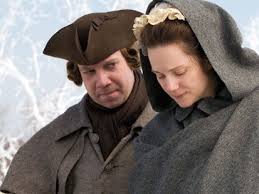
Historians and history teachers oft remind us that,
“The past is a foreign country. They did things differently there.” This is certainly true when we look at the lives of women of the founding era. Playing out their lives as wives and mothers with challenges and emotions not unlike those of wives and mothers today, their situation was decidedly foreign to our own. Ben Franklin opined, “the character of a good housewife was far preferable to that of being only a pretty gentlewoman.”
The activities of women of this time were to be confined entirely to the domestic sphere.
In law and practice, a married woman’s identity was entirely subsumed under that of her husband. She was a femme covert, a “covered woman,” with no rights of her own. When Abigail Adams sought support from her influential husband for a “new Code of Laws,” that would provide rights and protections for women, reminding him that, “all Men would be Tyrants if they could,” he responded with the deaf ear common to men of the era: “As to your extraordinary Code of Laws, I cannot but laugh.” Should one’s husband be a “tyrant,” there were no legal protections and no way out of a bad marriage, as John and Abigail Adams’ daughter soon discovered. Thomas Jefferson wrote to his oldest daughter at the time of her marriage, “The happiness of your life depends now on the continuing to please a single person, to this all other objects must be secondary.”
Most women of the time were illiterate. Those who were afforded some education, such as Jefferson’s daughters, were literate but kept largely ignorant of business or legal matters. Their education did not include math, the classics, law or business, part of the typical education of privileged sons. Instead they were taught to do elegant needlework, received music and dance lessons and all daughters of the era were well schooled in “housewifely duties.” The list of the latter is enormous, including candle and soap making, as well as spinning and weaving. Despite the wide range of skills and responsibilities, belittling words were always used to describe this domestic role. Women accepted this position. We hear from Abigail Adams’s sister, Elizabeth Smith Shaw, that she had “always been taught, that within the sphere of domestic life, woman’s chief glory and happiness ought to consist.”
Like many women in the present, Shaw observed,
“If Ideas present themselves to my Mind, it is too much like the good seed sown among Thorns, they are soon erased, & swallowed up by the Cares of the World, the wants, & noise of my Family, & children.”
Unlike women in the present, a wife in the founding era could expect to have dependent children in her home until her death, as she experienced the cycle of pregnancy, birth and breastfeeding every two or three years during her fertile years. Women bore an average of eight children, but could expect one in four to die in infancy. All this presumed that the wife survived the perils of pregnancy and childbirth. One in six New England women during this time period died as a result of childbirth.
The lessening of the dangers of childbirth and reduction of infant deaths had to wait until the practical applications of the germ theory of disease in the late nineteenth and twentieth centuries and the availability of reliable birth control in the mid-twentieth. But subtle changes in the status of women came about because of the American Revolution.
These changes will be covered in a follow-up blog this month.
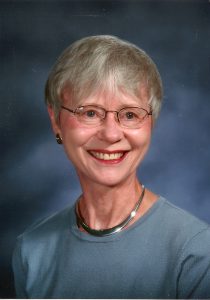
Joan Musbach taught American History in middle and high school for over 40 years. She earned a BA in History from the University of Kansas, an MAT from Northwestern University and has done post-graduate work in American History at Stanford and the University of Virginia. She has presented strategies for teaching American History at teacher workshops for the National Council for History Education and the National Endowment for the Humanities. In semi-retirement, she is Adjunct Professor of Education at Webster University and teaches courses for Oasis in St. Louis.
Learn more about “Women of the Founding Era,” in a two-session class, March 17 & 23, from 1 to 3 p.m., at the Oasis Center in Clayton.

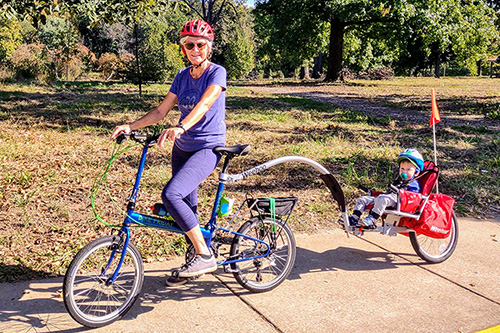
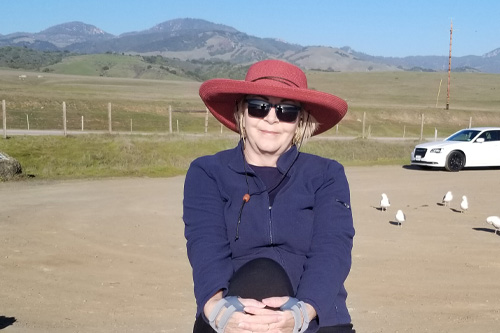
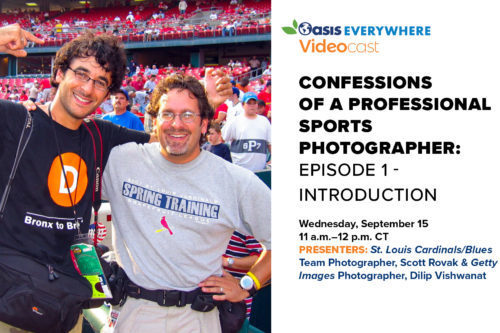

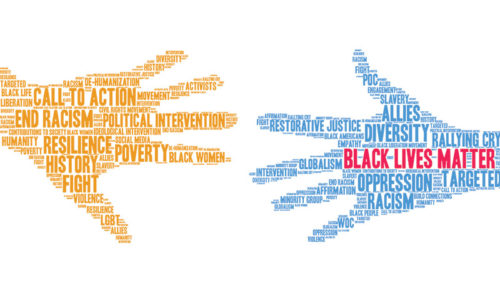
Leave A Comment
You must be logged in to post a comment.